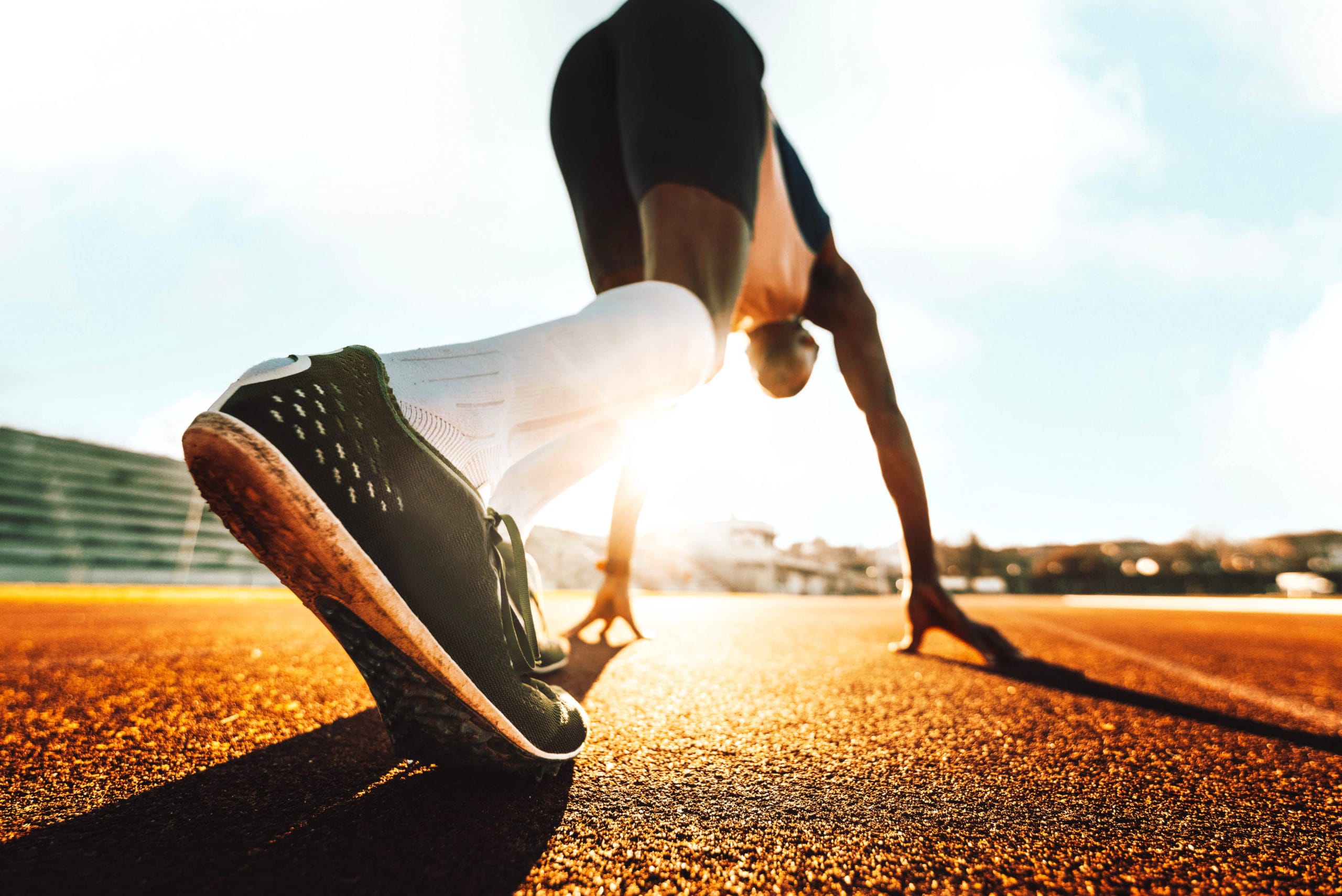All living creatures try to satisfy two opposing natural driving forces
Animals are constantly at the highest level of physical fitness to avoid becoming food, or starving to death for lack of it. Survival requires fitness and the movement used to obtain food must be energy efficient. At the same time, the individual wants to survive at rest with as little energy sacrifice as possible. It stores and reserves for later exertion. The two principles operate as a continuous circular system: during the foraging cycle, energy is invested to obtain the food that is the source of energy, for subsequent processing and storage to provide the energy required for the next energy investment cycle. It is this duality that creates the balance that keeps the body at a high level of fitness and physical performance.
As humans, we have largely eliminated the physical effort required to obtain food by thinking, and now we do it facultatively, which we call sport. However, in most cases, its intensity, form and frequency do not meet the requirements that would make us physically capable of obtaining food. Today, survival in all circumstances is no longer the goal, and we have lost the natural feedback loop: we survive despite insufficient or inadequate physical fitness, but we pay for this with our quality of life.
The consequence of this imbalance is that the complex metabolic systems that provide the energy needed to sustain physical performance (such as running) simply collapse: there is no need for biochemical pathways and structures that provide the energy requirements for prolonged, low-intensity exercise, because the short-term energy requirements of most physical activities can be delivered by mechanisms (primarily carbohydrate metabolism) that are normally used by the animal kingdom only for temporary performance enhancement. The change in metabolism is due to the fact that it is easier - though undoubtedly more dangerous in the long term - for the body to use readily available carbohydrate than to rely constantly on, for example, fat metabolism.
The developed world is in a fever of "longevity", the prolongation of life at all costs, while quality of life at the individual level is much more important. In our university studies, we all encounter the physiological experiment of keeping the heart of a hollowed-out frog moving hang on a hook by applying various fluids. It was only later that I realised that this experiment had an important message: today, almost anyone can be kept alive for any length of time, it's just a question of where we draw the line of life.
Instead of longevity, the new goal should be called "Healthevity". This is what The MicroBiome Run is about.






